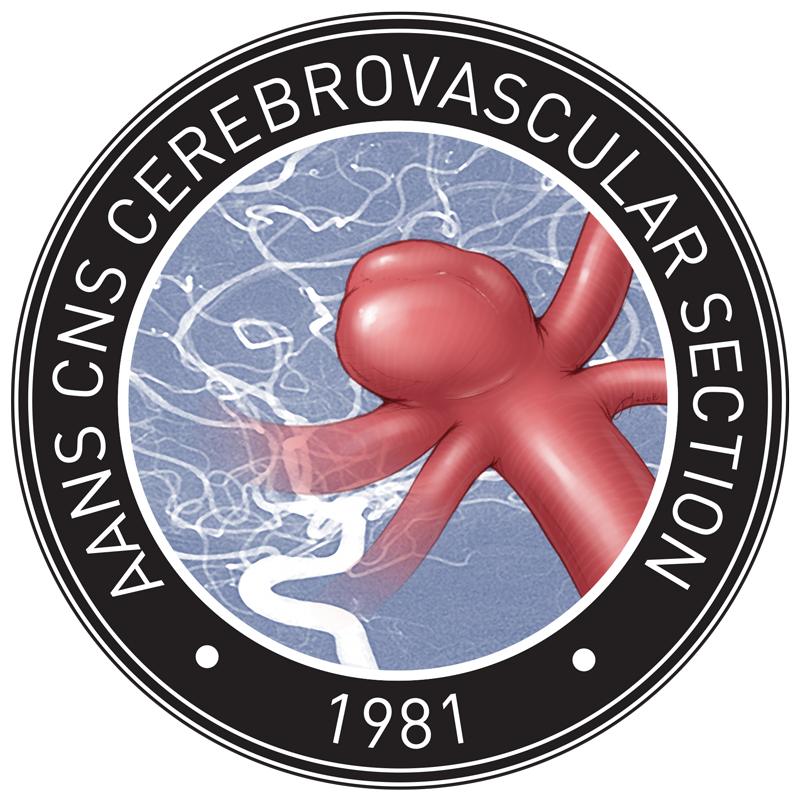Outcome After Clipping and Coiling for Aneurysmal Subarachnoid Hemorrhage in Clinical Practice in Europe, USA, and Australia

A recent study published in the journal Neurosurgery compared outcomes after endovascular coiling and neurosurgical clipping of ruptured intracranial aneurysms in an administrative dataset of 7,658 aneurysmal subarachnoid hemorrhage patients in Europe, USA, and Australia from 2007-2013. The findings were further explored in a large clinical dataset from 2 European centers of 1,501 patients.
Key findings were higher 14 day case fatality rates after coiling compared to clipping than remained significant after adjustment for age, sex, and comorbidity/severity. In the clinical dataset this observation was confirmed. Ninety day case fatality and poor functional outcome rates were not statistically different. In clinical practice, coiling appears to be associated with higher 14 day case fatality than clipping and is non-superior to clipping at 90 days. Why those findings differ from the International Subarachnoid Aneurysm and Barrow Ruptured Aneurysm Trials remains to be determined.
Limitations include its nonrandomized design, potential selection bias, and limited granularity of clinical variables. At a time when open vascular volume is declining, trainees may not be as comfortable performing microsurgical clipping. Endovascular treatment on the other hand is performed by a number of specialists with different background and readily available even at lower volume centers. The article raises the question whether the pendulum has swung too far towards endovascular therapy.
